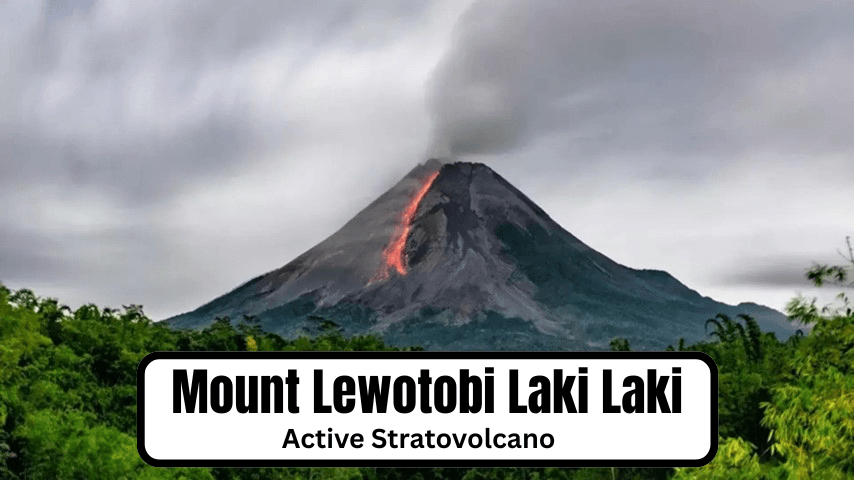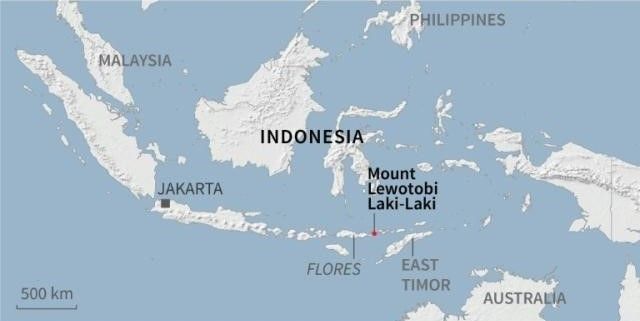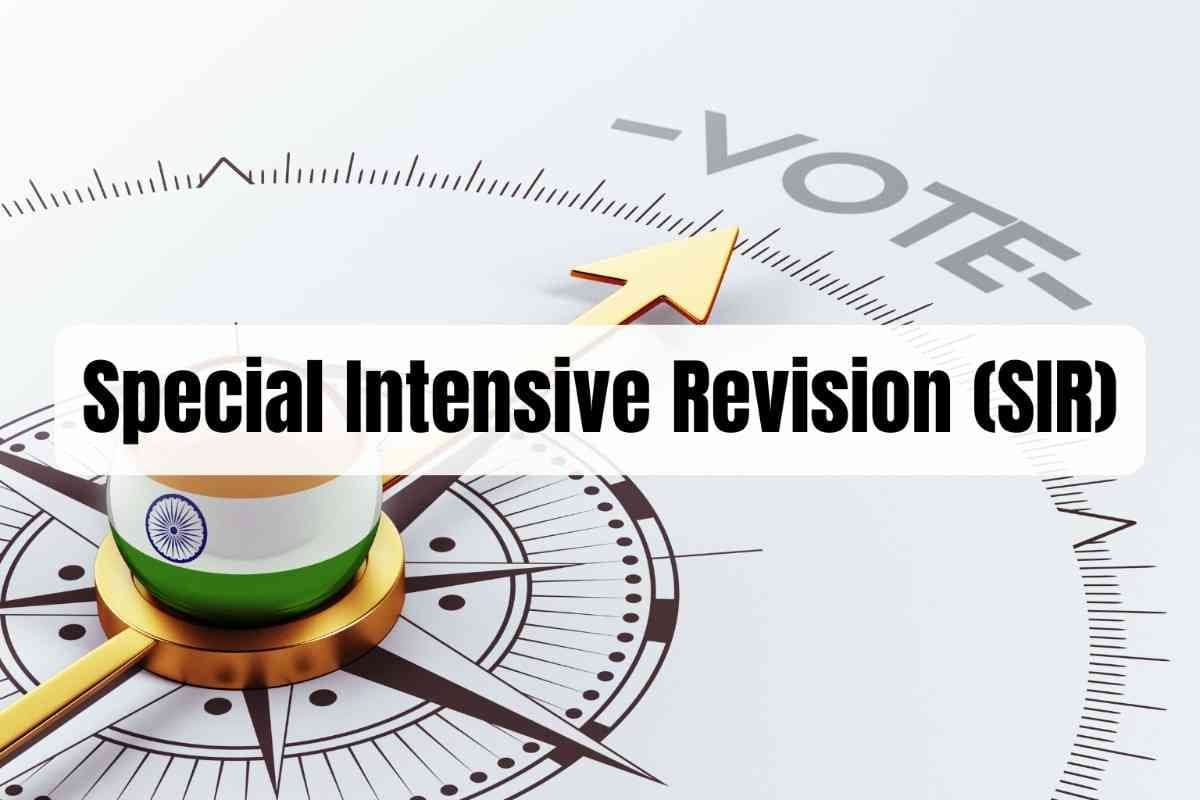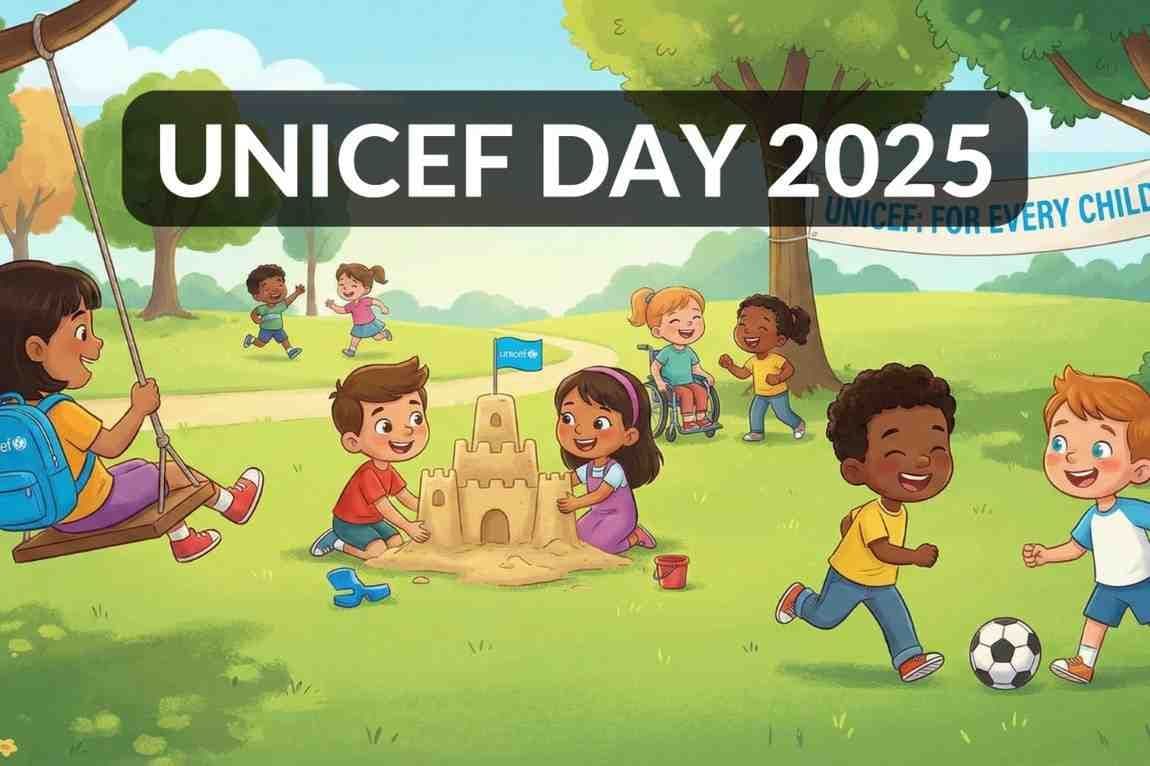Mount Lewotobi Laki Laki: Indonesia's Active Volcano
Aug, 2025
•5 min read
Why in the News?

Mount Lewotobi Laki Laki erupted, sending ash and volcanic materials up to 18 kilometers high. This eruption is among Indonesia’s strongest since 2010, when Mount Merapi, the country’s most active volcano, erupted on the island of Java.
Why Cover This Topic for UPSC?
- Important for Prelims & Current Affairs
- Relevant for Ethics paper (ethical duties in disaster response, governance, and community safety)
- Relevant for GS Paper I (Geography)
- Relevant for GS Paper III (Disaster Management & Environment)
- Essay topics related to “Man vs Nature”, “Disaster Preparedness”, or “Balancing Development and Environment”.
About Mount Lewotobi Laki Laki

Mount Lewotobi Laki Laki is a stratovolcano located on Flores Island in Indonesia's East Nusa Tenggara province.
- The volcano is part of the twin-peaked Lewotobi system, meaning "husband and wife" in the local language. Lewotobi Laki Laki is the "man," and Lewotobi Perempuan is the "woman."
- The two peaks are separated by approximately 2 kilometers, with Laki Laki standing at 1,584 meters and Perempuan at 1,703 meters.
- It is situated along the famous ‘Ring of Fire’ in the Pacific region.
Understanding Volcanoes: Types and Characteristics
A volcano is an opening in Earth's surface where molten rock, gases, and volcanic debris can escape from beneath the crust. When magma reaches the surface, it is called lava.

Types of Volcanoes: Key Characteristics and Examples
Volcanoes are classified into different types based on their shape, eruption style, and lava characteristics. Below are the major types:
1. Shield Volcanoes:
- Shape & Structure: Broad, gently sloped domes, resembling a warrior’s shield.
- Lava & Magma: Low-viscosity basaltic lava; low silica content, highly fluid.
- Eruption Style: Effusive, non‑explosive flows that can extend far from the vent.
- Examples: Mauna Loa and Kilauea (Hawaii), Piton de la Fournaise (Reunion).
2. Cinder Cone Volcanoes
- Shape & Structure: Small conical hills with steep sides and a summit crater made of volcanic cinders (scoria).
- Lava & Magma: Basaltic to andesitic, gas‑rich, producing fragmented pyroclasts.
- Eruption Style: Strombolian, short‑lived, moderately explosive lava fountains and tephra.
- Examples: Paricutin (Mexico), Sunset Crater (USA), Cerro Negro (Nicaragua).
3. Composite (Stratovolcanoes)
- Shape & Structure: Tall, steep‑sided cones built from alternating layers of lava and pyroclastic material.
- Lava & Magma: Andesitic to dacitic/rhyolitic; more viscous with higher silica
- Eruption Style: Both effusive and highly explosive; can produce ash clouds, pyroclastic flows.
- Examples: Mount Fuji (Japan), Mount St. Helens (USA), Mount Vesuvius (Italy), Krakatoa (Indonesia).
4. Lava Domes
- Shape & Structure: Dome‑shaped, steep‑sided mounds formed by viscous lava piling near the vent.
- Lava & Magma: Rhyolitic to dacitic, highly viscous with high silica content.
- Eruption Style: Slow extrusion; growth over months to centuries; can collapse and trigger explosive activity.
- Examples: Novarupta and Mount St. Helens post‑1980 dome (USA); Mont Pelee (Martinique); Lassen Peak (California).
5. Caldera Volcanoes
- Shape & Structure: Vast, basin‑shaped depressions formed by the collapse of a volcano’s summit after massive eruptions.
- Lava & Magma: Variable from basaltic to rhyolitic, often associated with high‑silica explosive magma.
- Eruption Style: Highly explosive (Plinian), generating large ash clouds, pyroclastic flows, and collapse structures.
- Examples: Yellowstone Caldera (USA), Crater Lake (Oregon), Lake Toba (Indonesia), Lake Taupo (NZ).
6. Other & Complex Types
- Fissure Volcanoes / Lava Plateaus: Lava emerges through linear cracks, building expansive basaltic plateaus rather than cones.
- Complex or Compound Volcanoes: Combinations of multiple vents or types, often overlapping structures (e.g., Trident Volcano, Katmai NP).
Distribution of Volcanoes
Volcanoes appear where Earth's tectonic plates meet, or where hot mantle rock rises under the crust. Key patterns in their distribution include:
1. Pacific “Ring of Fire”:
- Forms a horseshoe-shaped arc around the Pacific Ocean.
- Hosts about 75–80% of Earth’s active volcanoes and 90% of major earthquakes.
2. Convergent Plate Boundaries (Subduction Zones):
- Where one lithospheric plate dives beneath another, generating magma.
- Examples include the Andes, Japan, Kamchatka, and Indonesia.
3. Divergent Boundaries (Mid-Ocean Ridges / Rift Zones)
- Plates moving apart allow magma to rise, forming a new crust.
- Examples include Iceland and, East African Rift.
4. Intra‑Plate Hotspots
- Volcanoes form above fixed mantle plumes, not at plate borders.
- Examples include the Hawaiian Islands, Yellowstone, Galapagos
Also read: Soils of India: Classification, Significance & Recent Crisis.
Multiple Choice Questions
QUESTION 1
Medium
Consider the following statements regarding volcanoes:
- Stratovolcanoes are also known as composite volcanoes and are typically steep-sided and explosive.
- Shield volcanoes are the most explosive type of volcano.
- Mount Lewotobi Laki-Laki in Indonesia is a stratovolcano located along the Pacific Ring of Fire.
Which of the statements given above is/are correct?
Select an option to attempt
Impacts of Volcanic Eruptions
Volcanoes are powerful natural forces that can both destroy and create. Their eruptions affect the environment, human life, and even the Earth's climate. These impacts can be negative or positive, depending on the situation.
Destructive Effects of Volcanism
1. Earthquakes
- Magma moving underground can cause earthquakes.
- These can crack the land, damage buildings, and endanger lives, especially in areas close to volcanoes.
2. Climate Impact
- Eruptions release gases like sulfur dioxide into the atmosphere.
- These gases can block sunlight, lower temperatures, and disturb global weather patterns.
3. Pyroclastic Flows
- Extremely hot and fast-moving clouds of gas, ash, and rock.
- They burn and destroy everything in their path.
4. Volcanic Ash
- Tiny ash particles can travel far and harm health when inhaled.
- Ash also damages crops, buildings, and airplane engines.
Constructive Effects of Volcanism
1. Fertile Soil
- Volcanic ash is rich in minerals that help plants grow.
- Over time, it turns into soil that is excellent for farming.
2. Land Formation
- Continuous lava flows can form new land and islands.
- Example: The Hawaiian Islands were built by volcanic activity.
3. Contact Metamorphism
- Hot magma changes nearby rocks into new types like marble and hornfels, which are useful in construction.
4. Volcanic Lakes
- Craters left after eruptions can fill with water and become beautiful, freshwater lakes.
- These lakes support wildlife and can be used by local people.
5. Volcanic Geysers
- Hot underground water heated by magma shoots up as geysers.
- These are tourist attractions and also show geothermal energy in action.
Way Forward
Effective volcanic risk management needs constant monitoring, community awareness, and smart land planning.
For Mount Lewotobi Laki Laki, key steps include:
- Strong early warning systems
- Regular evacuation drills
- Long-term relocation plans for at-risk areas
Education plays a vital role in helping people understand volcano risks and how to respond. Indonesia’s efforts at Mount Lewotobi show both the difficulties and progress in managing volcanoes near populated regions.
Unlock your UPSC success with SuperKalam! Get instant doubt clearance, customized study plans, unlimited MCQ practice, and fast Mains answer feedback.
Don’t miss out on daily practice questions, class reminders, revision notes, and mentorship tips. Join our community of serious aspirants here: SuperKalam Telegram Channel.
Explore SuperKalam's Resources and set yourself on the path to success!
Related Blogs
![Vijay Diwas 2025: Why 16 December is Celebrated [UPSC Current Affairs]](/_next/image?url=https%3A%2F%2Fblog-media.superkalam.com%2FVijay_Diwas_2631842d69.jpeg&w=3840&q=75)
Vijay Diwas 2025: Why 16 December is Celebrated [UPSC Current Affairs]
Dec, 2025
•6 min read

Special Intensive Revision (SIR) of Electoral Rolls: Definition, Objectives, Significance, & Challenges
Dec, 2025
•4 min read

UNICEF Day 2025: 79 Years of Global Commitment to Child Rights & Protection
Dec, 2025
•4 min read